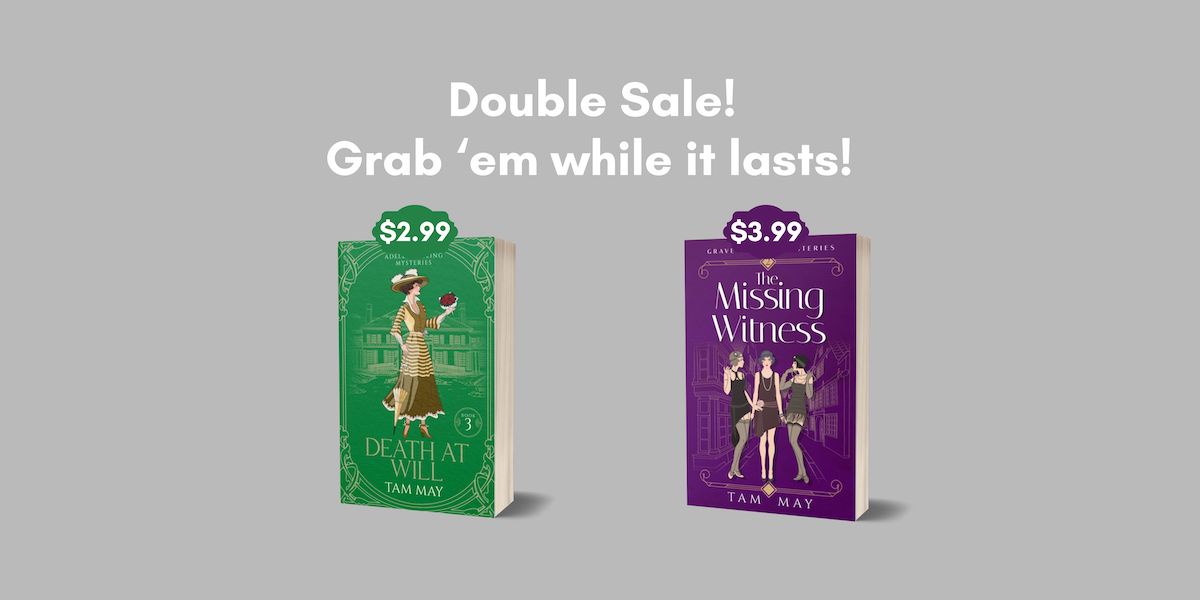

Photo Credit: Couple painting, Dionisios Kalivokas, 1858, canvas and oil, Corfu National Gallery, Greece: File upload bot (Magnus Manske)/Wikimedia Commons/PD Art (PD old 70)
Title: Dandelions
Series: Waxwood Series, Book 4
Author: Tam May
Genres: Historical Women’s Fiction/Family Saga
Release Date: December 20, 2020
She had more in common with her nemesis than she wanted to believe…
For Vivian Alderdice, the 20th century begins with a new start. Now a working girl and progressive reformer like her friend, Nettie Grace, she has forsaken the Gilded Age opulence of Nob Hill for the humbler surroundings of Waxwood’s commercial district. Rather than whittle away her days with other wealthy young women in gossip, parties, and flirtations, she sells talcum powder and strawberry sodas to customers at Nettie’s Drugstore and helps the poor to read at the Waxwood Women’s Lending Library and Reading Room.
But sometimes the scars of the past leave bitterness behind …
Harland Stevens, the man who ruined her brother’s life two years before, appears like another specter in Vivian’s life and, in spite of herself, Vivian is compelled to help him escape from a hell of his own.
You can get your copy of the book at a special promotional price from your favorite online book retailer here.

Excerpt
As she watched him stroll down the boardwalk, his hands in his pockets, nodding at ladies as he passed but without the leering eye of his college boy days, she felt again the wave of uncertainty engulf her like the sea wind. She was alone now with this large, silent man.
“Since you prefer everyone call you Stevens,” she said, glancing at the redhead, “that’s what I’ll call you from now on.”
Though the redhead did not speak, she saw his lips sway as if he were trying to answer her. She felt a surge of relief as she led him down the boardwalk.
As with the hotels, the place was empty. As it was Saturday, men had come down from their city jobs to spend the weekend with their families. She suddenly feared she might encounter people she had known the previous summers in Waxwood and couldn’t help but wonder what they would think. Would they see her as a little plain in her shirtwaist and gray suit but nonetheless fashionable, and Stevens looking for all the world like the new century’s gentleman with his stiff collar and tie tucked inside his closed vest? Would they guess their eyes were feasting upon a Washington Street blue blood nearly fallen from grace and a once vibrant, commanding man, now a hollow shell of silence and perhaps madness?
About the Author

Tam May started writing when she was fourteen, and writing became her voice. She loves history and wants readers to love it too, so she writes historical fiction that lives and breathes a world of the past. She fell in love with San Francisco and its rich history when she learned about the city’s resilience and rebirth after the 1906 earthquake and fire during a walking tour. She grew up in the United States and earned a B.A. and M.A in English. She worked as an English college instructor (where she managed to interest a class of wary freshmen in Henry James’ fiction) and EFL teacher (where she used literature to teach business professionals English) before she became a full-time writer.
Her book Lessons From My Mother’s Life debuted at #1 on Amazon in the Historical Fiction Short Stories category. She has also published a Gilded age family drama set in Northern California at the close of the 19th century which tells the story of the Alderdices, a family crumbling in the midst of revolutionary changes and shifting values in America’s Gilded Age. Her current project delves into the historical mystery fiction genre. The Paper Chase Mysteries is set in Northern California at the turn of the 20th century and features amateur sleuth and epistolary expert Adele Gossling, a young, progressive, and independent young woman whose talent for solving crimes comes into direct conflict with her new community, where people are apt to prefer the Victorian women of old over the New Woman of the new century.
Tam lives in Texas but calls San Francisco and the Bay Area “home”. When she’s not writing, she’s reading classic literature, watching classic films, cross-stitching, or cooking yummy vegetarian dishes.
Social Media Links
Facebook: https://www.facebook.com/tammayauthor/
Facebook Readers Group: https://www.facebook.com/groups/tamsdreamersRG/
Twitter: https://twitter.com/tammayauthor
Pinterest: https://www.pinterest.com/tammayauthor/
Instragram: https://www.instagram.com/tammayauthor/
Goodreads Author Page: https://www.goodreads.com/author/show/16111197.Tam_May
Amazon Author Page: https://www.amazon.com/Tam-May/e/B01N7BQZ9Y/
BookBub Author Page: https://www.bookbub.com/authors/tam-may

I’ve got a giveaway going on with 4 chances to win a prize! You can enter here.






